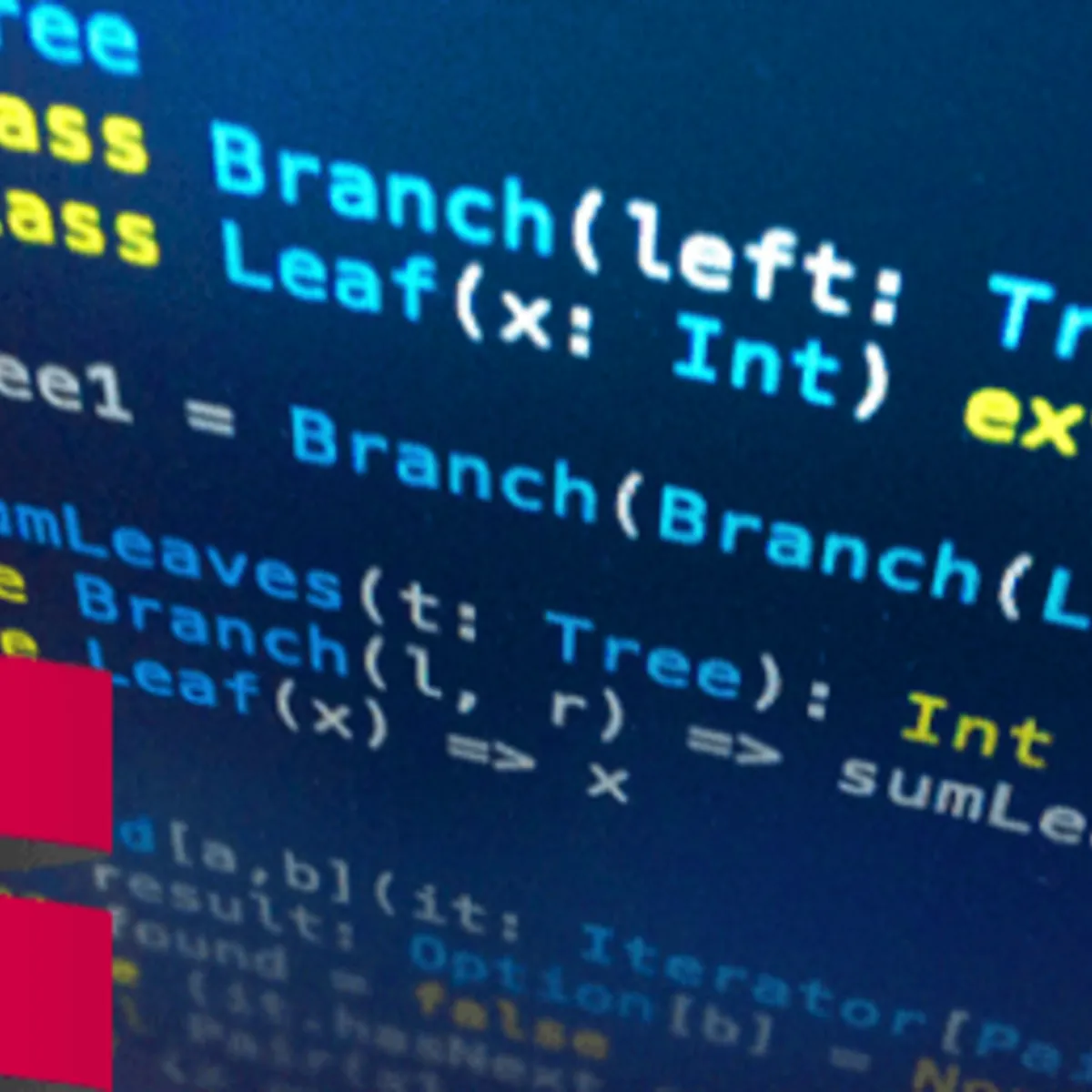
Quantitative Risk Management in Python 
Quantitative Risk Management in Python helps you understand the relationship between risk and return, identify risk factors, and apply Modern Portfolio Theory to the 2007-2008 global financial crisis. You'll also learn how to hedge an options portfolio using the Black-Scholes model, identify structural breaks, and use neural networks to approximate loss distributions and perform real-time portfolio optimization. ▼
ADVERTISEMENT
Course Feature
![]() Cost:
Cost:
Free Trial
![]() Provider:
Provider:
Datacamp
![]() Certificate:
Certificate:
No Information
![]() Language:
Language:
English
Course Overview
❗The content presented here is sourced directly from Datacamp platform. For comprehensive course details, including enrollment information, simply click on the 'Go to class' link on our website.
Updated in [June 30th, 2023]
This course provides an overview of quantitative risk management in Python. Participants will review how risk and return are related to each other, identify risk factors, and use them to reacquaint themselves with Modern Portfolio Theory as applied to the 2007-2008 global financial crisis. Additionally, participants will learn how to hedge an options portfolio using the Black-Scholes model to reduce risk exposure. Understanding structural breaks and how to identify them will help participants understand how the global financial crisis signalled that randomness itself was changing. Finally, participants will learn how to use neural networks to approximate loss distributions and perform real-time portfolio optimization.
[Applications]
The application of this course can be seen in the financial industry, where it can be used to identify risk factors, hedge options portfolios, and optimize portfolios in real-time. It can also be used to understand structural breaks and how they can signal changes in randomness. Additionally, the course can be used to gain a better understanding of the relationship between risk and return, as well as the 2007-2008 global financial crisis.
[Career Path]
The career path recommended to learners of this course is Quantitative Risk Management. This job position involves using quantitative methods to identify, measure, and manage risk in financial markets. It requires a deep understanding of financial markets, risk management techniques, and quantitative methods.
The development trend of Quantitative Risk Management is towards the use of more sophisticated quantitative methods and technologies. This includes the use of machine learning, artificial intelligence, and big data analytics to identify and manage risk. Additionally, the use of cloud computing and distributed computing technologies is becoming increasingly important in the field of Quantitative Risk Management. As the financial markets become more complex and interconnected, the need for more sophisticated risk management techniques and technologies will continue to grow.
[Education Path]
The recommended educational path for learners of this course is to pursue a Bachelor's degree in Computer Science. This degree will provide learners with a comprehensive understanding of computer science fundamentals, such as programming languages, algorithms, data structures, software engineering, and computer architecture. Learners will also gain an understanding of the development process, from design to implementation.
The development trend of this degree is to focus on the application of computer science principles to real-world problems. This includes the development of new technologies, such as artificial intelligence, machine learning, and data science. Additionally, the degree will focus on the development of new software applications and systems, as well as the integration of existing technologies. Finally, the degree will also focus on the development of new programming languages and frameworks.
Course Syllabus
Risk and return recap
Goal-oriented risk management
Estimating and identifying risk
Advanced risk management
Course Provider

Provider Datacamp's Stats at AZClass
Discussion and Reviews
0.0 (Based on 0 reviews)
Explore Similar Online Courses

Solar Energy for Engineers Architects and Code Inspectors

ServiceNow Service Portal Tutorial

RDBMS PostgreSQL

Intro To PostgreSQL Databases With PgAdmin For Beginners

PostgreSQL: Client Applications

Mastering SQL using Postgresql

Database Design and Basic SQL in PostgreSQL

PostgreSQL: Advanced Queries

Spatial SQL with Postgres : A language for geographers

Learn SQL Using PostgreSQL: From Zero to Hero

PostgreSQL Essential Training


Start your review of Quantitative Risk Management in Python